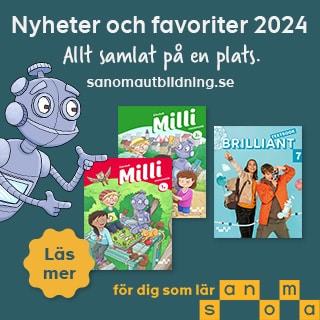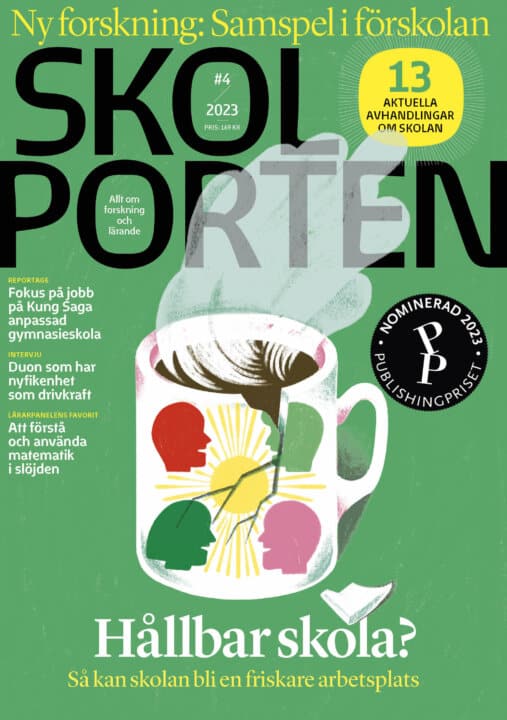Ledtrådar till estetiskt engagemang i processdrama: Samspel i roll i en fiktiv verksamhet
Eva Hallgren vill med sin avhandling fördjupa förståelsen för hur rolltagande går till och kan leda till utvecklande och undersökande av tematiken i ett processdrama.
Eva Hallgren
Professor Eva Österlind, Stockholms universitet Professor Inger Eriksson, Stockholm universitet
Professor Aud Berggraf Sæbø, Universitetet i Stavanger, Norge
Stockholms universitet
2018-04-13
Ledtrådar till estetiskt engagemang i processdrama: Samspel i roll i en fiktiv verksamhet
Clues to aesthetic engagement in process drama : Joint action in a fictional activity
Institutionen för de humanistiska och samhällsvetenskapliga ämnenas didaktik
Clues to aesthetic engagement in process drama : Joint action in a fictional activity
The aim of the thesis is to deepen the understanding of role taking and the function of role for developing and exploring the possible content in process drama, with the help of Leontiev’s activity theory and Bakhtin’s dialogism. The relation between role taking, aesthetic engagement and the concept of perezhivanie, used by Vygotsky, is also reflected on and used as analytical tools. A starting point for the study was Bundy’s concept of aesthetic engagement.
Previous research about process drama has focused on three main themes: teaching and learning a subject matter, engagement, and creative leadership. The purpose of this study is to contribute to the knowledge base on how role is created and maintained in process drama, thereby making it possible to develop and explore a thematic content.
One single process drama conducted at an English secondary school is closely analysed in the thesis. A whole day session was filmed, transcribed and interpreted into thick descriptions. Interviews and letters written in role are used as complementary data. This made it possible to focus on nuances and subtle changes in the complexity that characterizes a process drama, and to focus on how the students’ role taking starts and develops.
The results from the detailed analysis showed, from an activity theory perspective, that process drama can be understood as two activities with two different motives/objects. These two are an educational activity with learning drama as motive/object and a temporary fictional activity where the motive/object is tentative and under construction through the pupils’ in-role-actions. Actions deriving from the educational activity should not be allowed to influence the fictional, otherwise the fictional activity will be diminished.
How the teacher used power levelling postupaks, when opening dilemmas, and teacher-in-role was of great importance for the pupils’ role taking. Postupaks are a consequence of the format of the temporary fictional activity and the interpretation of the tentative motive/object. Using postupaks in role develops what I call expectagency, a capacity based on mutual agreement in an activity with a playful format, where the negotiations become qualitatively different when done by postupaks. Expectagency is a capability to handle uncertainty and change. The use of postupaks was crucial for both the maintenance of the fiction and the exploration of the thematic content. Going into and being in role is a complex process. Six kinds of postupaks were discerned, aimed at developing and exploring, and six other kinds of postupaks served to re-charge the tension by using aesthetic tools. Another important finding was how the students re-used postures and gestures from an initial freeze frame as tools for role taking during the whole drama, and especially when the tension decreased.
The fictional activity is turbo-charged, generating feelings both in and out of role, charged through different kinds of tension; between the two activities, oneself and the role (aesthetic doubling), the use of postupaks and the dramatic tension. This turbo-charged activity is a short cut for perezhivanie. Perezhivanie is tangential to the concept of aesthetic engagement, but from an educational perspective the expanded concept of aesthetic engagement appears to be more useful.
Relaterade länkar

Undervisa i artificiell intelligens
 Gy–Vux
Gy–Vux 







